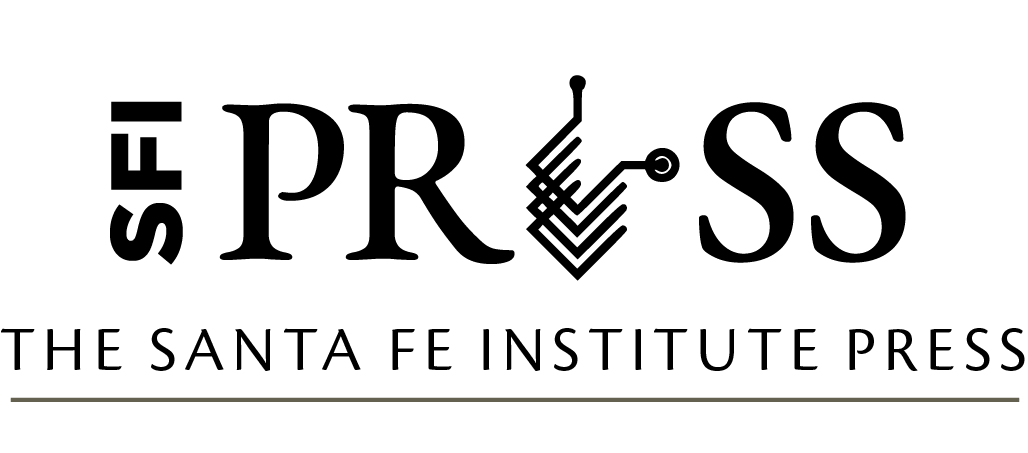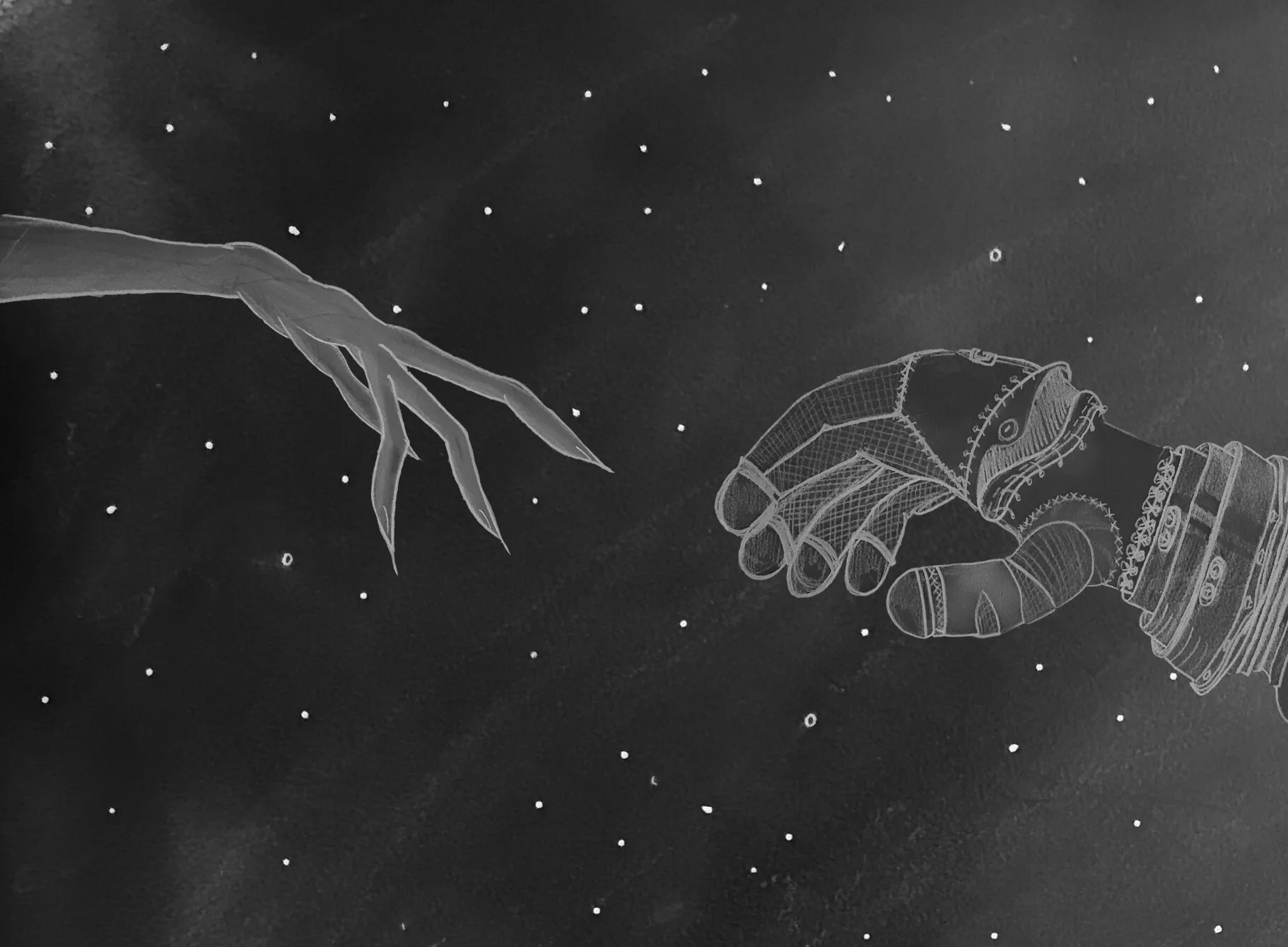New Book: The Complex Alternative
Book: The Complex Alternative: Complexity Scientists on the COVID-19 Pandemic
Edited by David C. Krakauer and Geoffrey West
$16.99 (Paperback); $2.99 (ebook)
Publisher and imprint: The SFI Press Compass Series
740 pages
Paperback ISBN: 1947864394
Publication Date: October 18, 2021
Available on Amazon.com
The COVID-19 pandemic is testing our institutions and societies, from the global to the local, in unprecedented ways. And the sheer speed of the novel coronavirus’s spread means that scientists, public health officials and medical professionals are left scrambling to understand it in real time, as the death toll rises. It may be one of the most complex and challenging public health crises the world has ever known.
Now, almost two years after the global rise of COVID-19, which has claimed more than five million lives worldwide so far, researchers are beginning to reflect on the pandemic’s many lessons. The Complex Alternative: Complexity Scientists on the COVID-19 Pandemic, a new book from the Santa Fe Institute Press, offers reflections and recommendations from more than 60 members of the Santa Fe Institute community. In this elegantly designed book — a tome of varied perspectives on the wide-ranging implications of the COVID-19 pandemic —researchers from across the sciences weigh in on topics ranging from modeling transmission to decision-making in the face of uncertainty, to how wildlife responded to suddenly empty cities.
This collection of articles, written for a general audience, underscores the importance of resisting simple answers in combatting a phenomenon as complex as a global pandemic and instead recognizing its inherently messy nature. Much of what went wrong during the pandemic can be attributed to overly simple, one-size-fits-all “solutions,” such as questionable remedies or the singular efficacy of isolation, SFI President David Krakauer and past president Geoffrey West write in the book’s introduction. While there is often great comfort in embracing simplicity, “there can also be a certain naiveté in the excessive elegance that sometimes accompanies simplicity. And of greater concern is the danger in the desire for expediency—to explain every event or phenomenon as if it had a single cause and to flatten reality into a linear chain-like narrative whose future is as predictable as its past is comprehensible.” The book, they add, “disavows simple explanations and solutions in favor of a concerted effort to come to terms with the whole matrix of the pandemic and all its messy parts.”
As we struggle to grasp the full magnitude of the damage the pandemic has wrought, The Complex Alternative offers a wealth of nuanced insights into what we have learned — and makes an important contribution to the conversation about what we must do to better prepare for the next one.
This article originally appeared on santafe.edu/news


